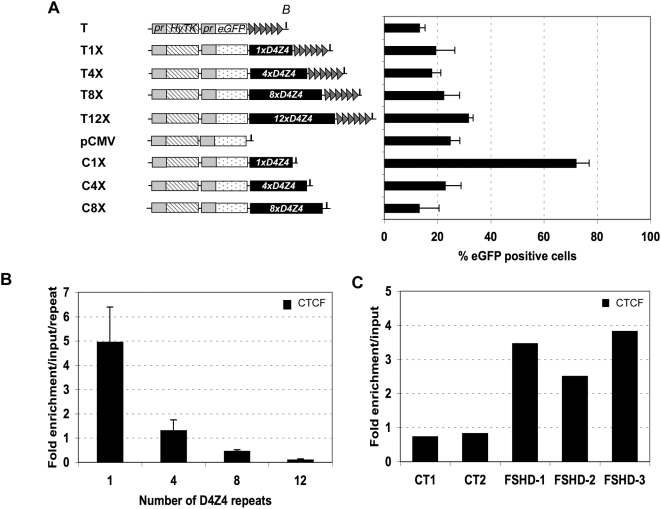Figure 5. The multimerization of D4Z4 abrogates CTCF binding and insulation activity.
A. The expression of eGFP was measured by FACS on populations of cells transfected with telomeric constructs carrying 0, 1, 4, 8 or 12 copies of D4Z4 downstream of the telomeric seed (T, T1X, T4X, T8X, T12X) or internal constructs (pCMV, C1X, C4X, C8X) containing respectively 0, 1, 4 or 8 copies of D4Z4. The integrity of each construct was verified in stable populations of cells after either random integration or telomeric fragmentation (Figure S1D). Histograms show the average percentage of eGFP positive cells from day 18 to day 29±S.D. shown by error bars, when eGFP expression reaches a plateau. In the different constructs containing D4Z4 inserted at random sites (C4X, C8X), the level of eGFP is proportionally decreased when the number of repeats is increased suggesting that the repeated element loses its anti-CPE activity upon multimerization. On the opposite, eGFP level is slightly increased at telomeres (see main text). B. The binding of CTCF was investigated by ChIP on the different populations of cells carrying different number of D4Z4 element downstream of the eGFP reporter gene. Input DNA and DNA fraction immunoprecipitated with antibodies to CTCF were amplified by a real-time Q-PCR method (x-axis) using primers encompassing the 5′ CTCF site. The y-axis shows the fold enrichment of CTCF in the bound fraction versus input chromatin. Each data point is the average of at least three independent experiments with the S.D. shown by error bars. C. ChIP analysis of CTCF binding in two different control (CT1 and CT2, >11 D4Z4 repeats) and three different myoblasts from FSHD patients (FSHD1, 5 repeats; FSHD 2, 6 repeats; FSHD 3, 7 repeats).

